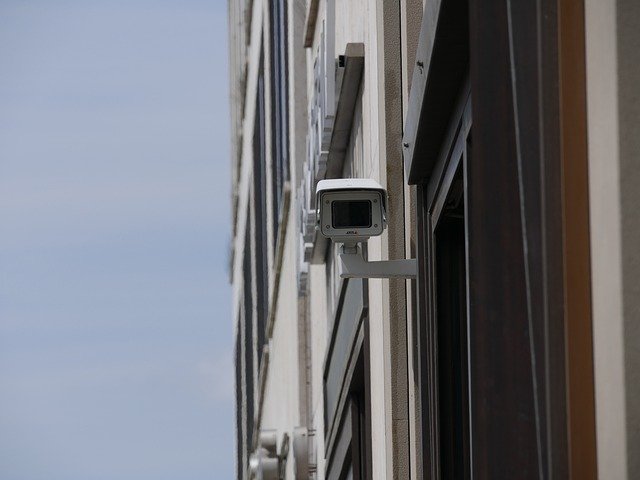
Cell lines
R1 mESCs (kindly provided by Dr. Nagy, Samuel Lunenfeld Research Institute, Mount Sinai Hospital, Toronto, Ontario, Canada) and mouse STO-SNL2 cells (STO, American Type Culture Collection CRL-2225) were cultivated as previously described48.
Differentiation of mESCs into cardiomyocytes
R1 mESCs were induced to differentiate into embryoid bodies (EBs) by removing the Leukemia Inhibitory Factor from the culture medium (differentiation medium), using the hanging drop method24. Briefly, for EBs formation, about seventy 20 µL droplets of culture medium containing 103 mESCs were plated on the lid of p55 Petri dishes. On day 3 of culture, the developing EBs were transferred on 0.1% agarose-coated tissue dishes (Corning) and from day 5, about 5–8 EBs were plated in single 1.9 cm2 well or 2 EBs in single 0.3 cm2 well or onto 22 mm gelatin-coated 35 mm glass bottom dish (Greiner Bio-One) and cultivated for up to 15 days.
ATO preparation and treatment
ATO (Sigma, cat. n. 11,099) was dissolved in 0.1 N NaOH in milliQ water (Millipore) to a final concentration of 100 µM. This solution was added to the culture medium on day 15 of differentiation to a final concentration of 0.1, 0.5 or 1.0 µM. As control samples, cells were cultured in the presence of 0.01 N NaOH (CTR). ATO or NaOH were left in the culture medium for 72 h, until day 18 of differentiation. Three independent experiments were performed for each of the assays described below.
Contraction assays
About 20 EBs were plated onto 22 mm gelatin-coated Glass Bottom Dish (WillCo Wells), cultured up to day 15 and then exposed for 72 h to 0.1, 0.5 or 1.0 µM ATO. Then, dishes were transferred into the culture chamber of a Nikon BioStation IM, at 37 °C and 5% CO2, for video recording. For each experiment, AVI videos of the beating syncytia were recorded from 10 randomly chosen CTR or ATO-exposed samples, using the Snagit software and further analyzed with the Video Spot Tracker (VST) program used to track the motion of spots in AVI videos. Videos were then processed as previously described27,28. Briefly, 12 markers were positioned on randomly-chosen beating cardiomyocytes onto the first video frame. Then, for each marker, the spatial coordinates x and y, expressed in [pixel], and the temporal coordinate t, expressed in [s], were registered frame by frame. Using an image processing algorithm developed by one of us (L.F., see Fassina et al.29), the marker trajectories (characterized by vectors describing the movement, e.g., displacements and velocities) were mathematically calculated. Chronotropy was measured by counting the displacement peaks during the contraction movement; dynamic and …….